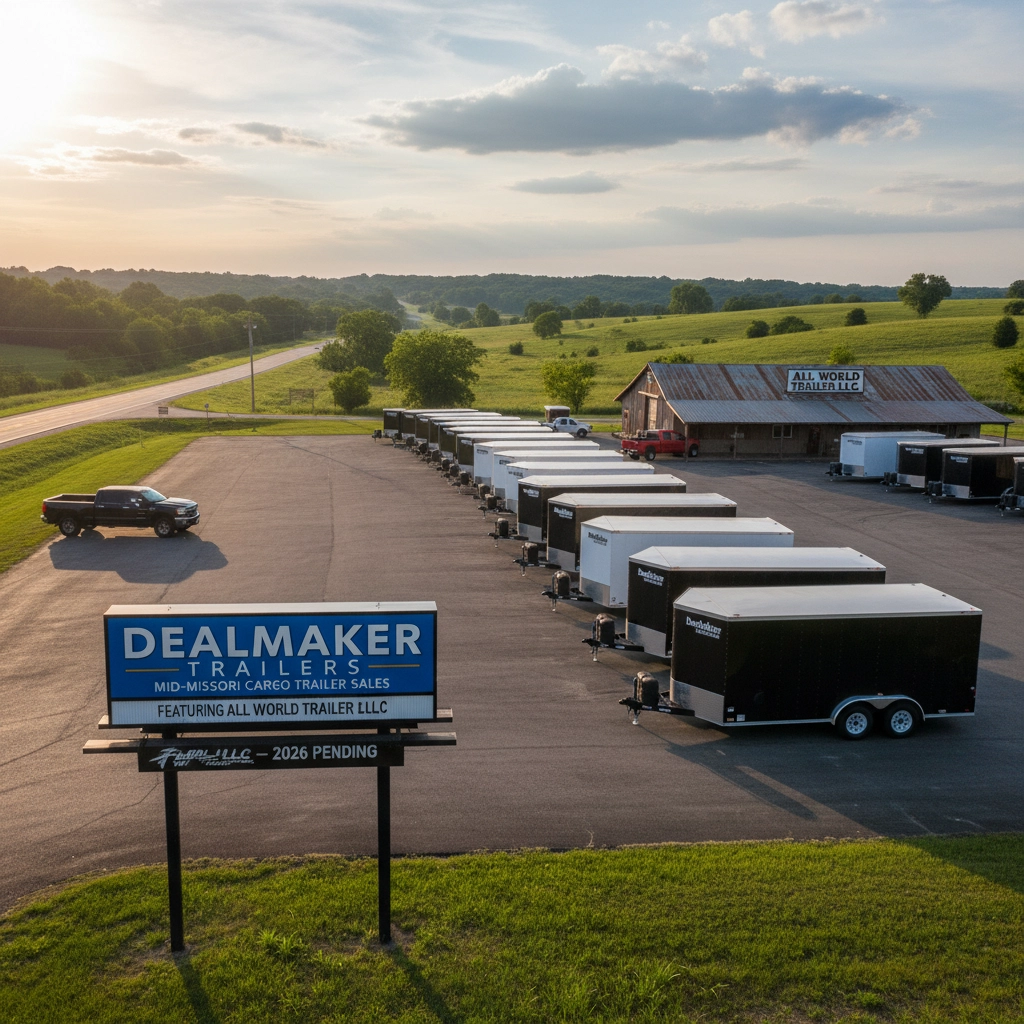
Bagnell Dam The Story : By Dwight Weaver
- Randy Dinwiddie

- Nov 17, 2024
- 3 min read
BAGNELL DAM – THE ELECTRIC DREAM©
In 1912, Ralph W. Street, a Kansas City lawyer, devised a plan to construct a hydroelectric dam on the Osage River near Bagnell village in Miller County, Missouri. However, it wasn't until 1924 that the project commenced. Street partnered with Walter Cravens, the president of the Kansas City Joint Stock Land Bank, to establish the Missouri Hydro-Electric Power Company (MHEPC). Their aim was to produce affordable electricity for Kansas City and establish a recreational area that would appeal to tourists interested in hunting, fishing, and boating. Following nearly five years of work and significant financial investments to develop the necessary infrastructure for the dam, but not the dam itself, MHEPC found itself heavily indebted, leading to a standstill in the project. Due to the debt and the inability to secure additional funds, MHEPC had to sell the project. The Union Electric Light & Power Company of St. Louis acquired the project and, with the assistance of Stone & Webster Engineering, began dam construction in August 1929. By the spring of 1931, Bagnell Dam's main structure was completed, and its hydroelectric generators were operational by October 1931. The completion of the Dam resulted in the formation of Lake of the Ozarks, which, upon its creation, became the largest man-made lake in North America. The reservoir was intended to provide extra electricity for Union Electric's extensive distribution system, power the mining industry in southeast Missouri, and offer a recreational destination in the northern Ozarks. Union Electric Light and Power Company, like its predecessor in Kansas City, aimed to boost tourism in the northern Ozarks and generate power. To achieve their tourism objectives, Union Electric established a subsidiary named the Union Electric Land and Development Company. This subsidiary transformed a building overlooking the dam into a luxurious hotel called Holiday House. Additionally, they opened the Lakeside Casino Restaurant at the west end of the Dam, alongside the Union Electric Bathing Pavilion and Excursion Boat Dock, where visitors could enjoy thrilling boat rides. These developments were completed within approximately three years. Initially, the electricity generated by Bagnell Dam benefited the residents of St. Louis and southeast Missouri, rather than the newly established town of Lake Ozark near the Dam. While establishments like the Lakeside Casino Restaurant had access to electricity, businesses such as cafes, gift shops, and hotels located nearby still relied on private generators for power. It would take several more years before Union Electric extended electricity lines beyond the Grand Glaize Bridge in Osage Beach. In 1936, the Union Electric Magazine celebrated the success of the Dam and Lake of the Ozarks, highlighting the rapid development of the area into a popular vacation spot. The resorts that emerged offered modern amenities powered by electricity, providing guests with convenience and comfort. However, the availability of electricity depended on proximity to the Dam and U.S. Highway 54. While some resorts had electricity, many others located along remote lake roads had to wait decades before being connected to the Dam's power supply. It wasn't until the 1950s, following the Great Depression and World War II, that the tourist industry at Lake of the Ozarks truly flourished, attracting a large number of vacationers. The vision of Ralph Street and Walter Cravens for Lake of the Ozarks eventually materialized, though they did not live to witness its transformation into the recreational paradise it is today. For further insights into the history of Lake of the Ozarks, refer to the author's books on Lake history available at: lakeoftheozarksbooks.com

1930s. )

















































Comments